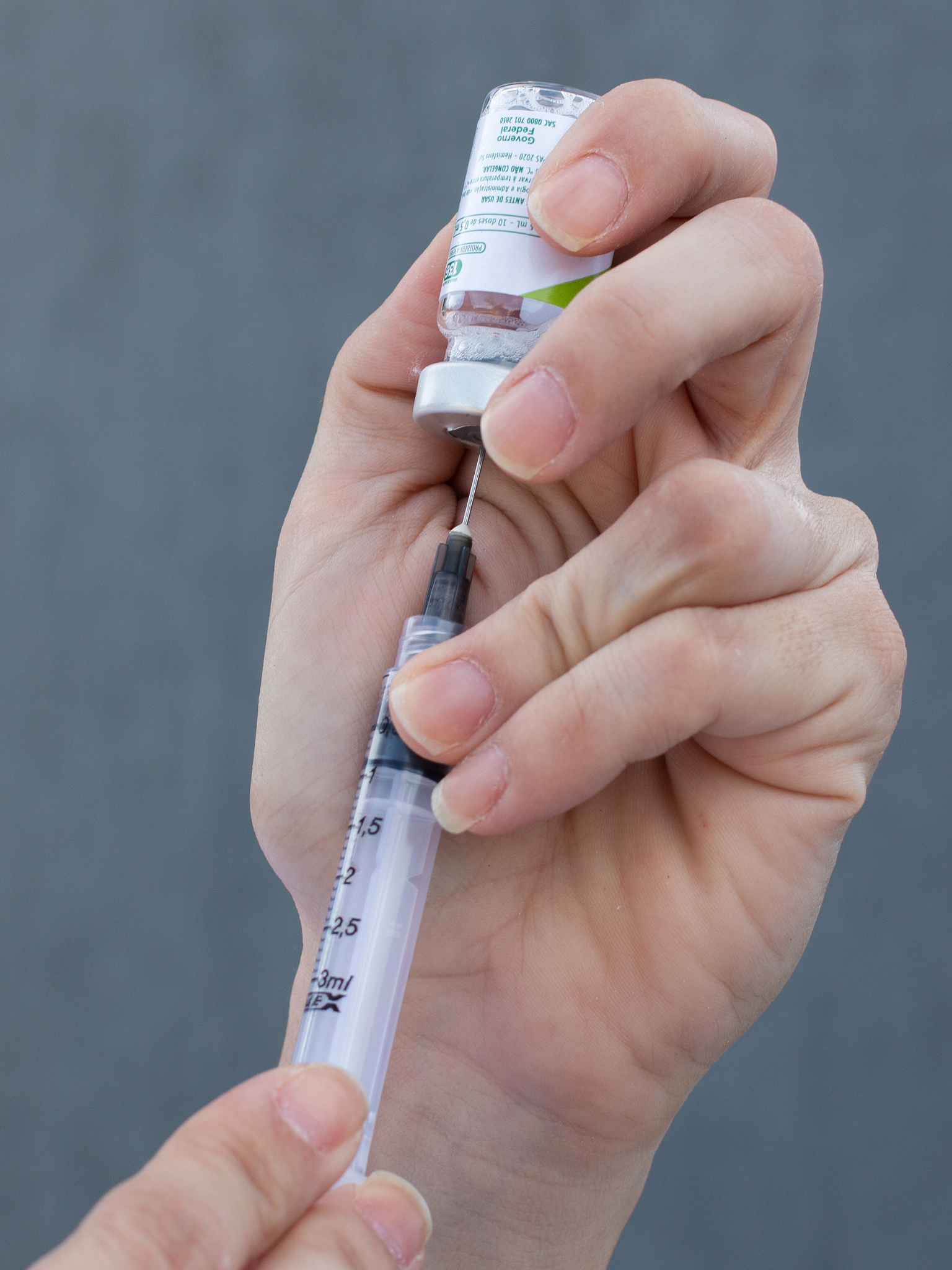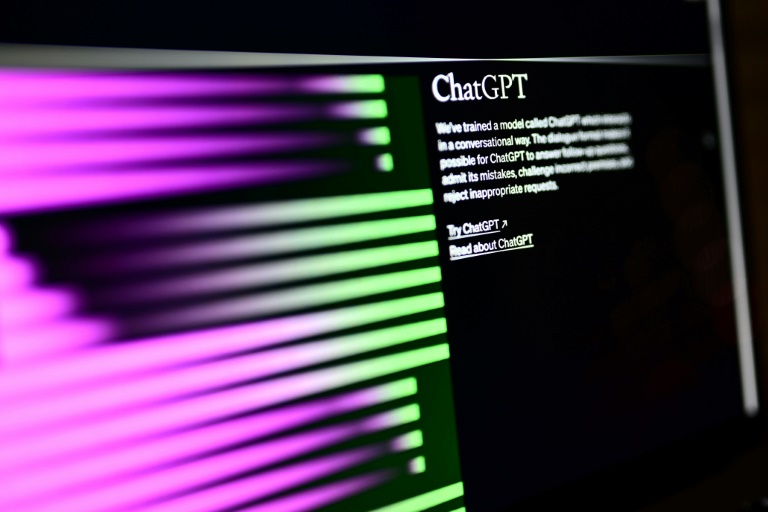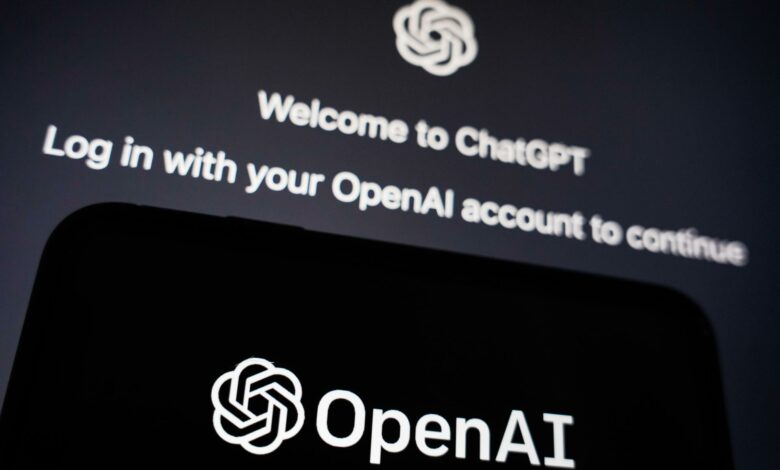Black Minnesotans who have experienced racism at the hands of law enforcement gathered Tuesday to tell their stories again — this time in front of an international body.
Representatives from the United Nations traveled to Minneapolis this week to listen to and record the experiences of Black people who have been incarcerated or lost loved ones to interactions with police.
The session was part of a U.N. effort to investigate the root causes of killings of Black people and people of African descent at the hands of law enforcement, and how the "legacies of colonialism and the Transatlantic slave trade" influence systemic racist actions.
The U.N. investigative body, called the International Independent Expert Mechanism to Advance Racial Justice and Equality in the context of Law Enforcement, was created in 2021 after the murder of George Floyd. The panel will also look at government responses to peaceful anti-racism protests and violations of international human rights laws.
The group of about 15 speakers ranged from Myon Burrell, whose prison sentence was commuted in 2020 after nearly two decades, to the mothers of Philando Castile and Amir Locke, who recounted their experiences in learning their sons had been killed by police. They testified in a crowded room at the Minneapolis Urban League in front of U.N. appointees Tracie Keesee of the United States and Juan Méndez of Argentina.
Formerly incarcerated Minnesotans who had been sent to solitary confinement or segregation as juveniles told the U.N. panel how days left alone while in need of therapy or support left them with lifelong trauma and mental health issues. The U.N. has long recommended member states prohibit the use of solitary confinement for juveniles.
Burrell was convicted as a juvenile at 16 when a stray bullet pierced a home, killing Tyesha Edwards as she did homework at the dining room table. He was sent to prison with other adults, and when he arrived he was sent to solitary confinement because of his high-profile case. He had never been separated from his family and other people for so long, and it was traumatic, Burrell said.
"That isolated me. ... I was caged for 23 hours a day and when I was allowed to have my hour out, I was allowed an hour to walk around in circles and maybe have a phone call or a shower," Burrell said.
In 2019, nearly 60% of people sent to solitary confinement in Minnesota were Black or Native American, according to a report from the Department of Corrections to the Minnesota Legislature.
Mothers, fathers and significant others who lost Black loved ones to police interactions tearfully shared their pain and grief. They spoke of watching their loved ones' last moments on Facebook Live and feeling like the public put them under a microscope while they were still trying to grieve.
Karen Wells, the mother of Locke, who was shot and killed in a no-knock warrant in Minneapolis last year, called on the U.N. to look at the effects such killings have on entire families. Her 6-year-old granddaughter is already wary of police, she said.
"They always want to say, 'There are good cops as well,' but there are also good Black boys, good Black men," Wells said.
This is the third time since the killing of Jamar Clark that the U.N. has heard from people from the Twin Cities about police brutality, said Chauntyll Allen of the Wayfinder Foundation, who wondered how long the U.N. needs to collect information before trying to bring change. Activists and families traveled to Chicago to testify after Clark's death, and other U.N. representatives visited Falcon Heights after Castile's, she said.
"I hope that they ultimately do something with this information and that it's not just time theft," Allen said. "People put a lot of energy into organizing and people put a lot of energy into telling their stories."
Minneapolis is the second-to-last stop on this year's U.N. tour of the United States. The U.N. has a three-year assignment to make recommendations. U.N. representatives have already visited Los Angeles, Atlanta, Washington, D.C., and Chicago, and they will visit New York City on Wednesday.
All of those who testified shared their hopes that the U.N. will take them seriously and make recommendations to the U.S. government that could improve the lives of Black people.
"This country prides itself on democracy, but it looks more like hypocrisy," Valerie Castile said. "We deserve to be taken seriously."







